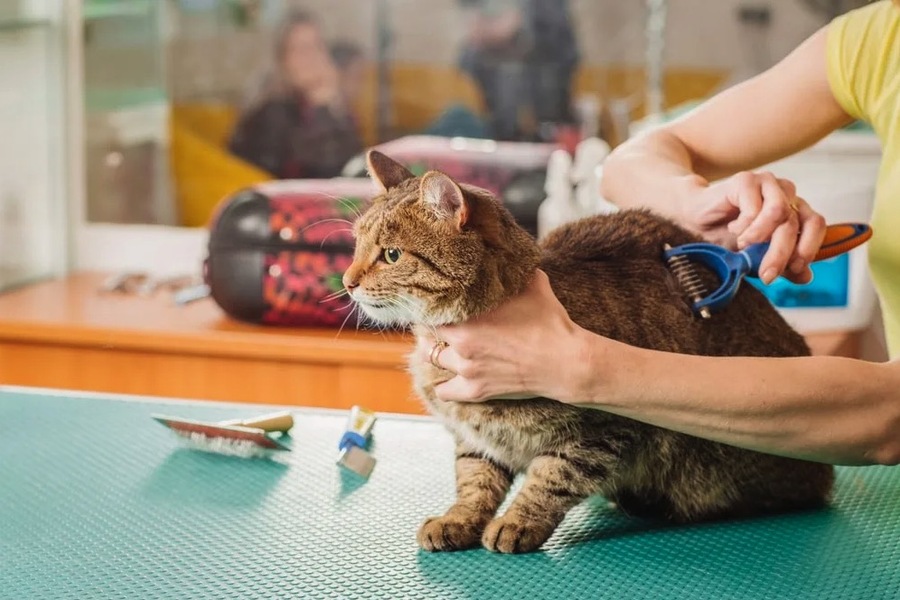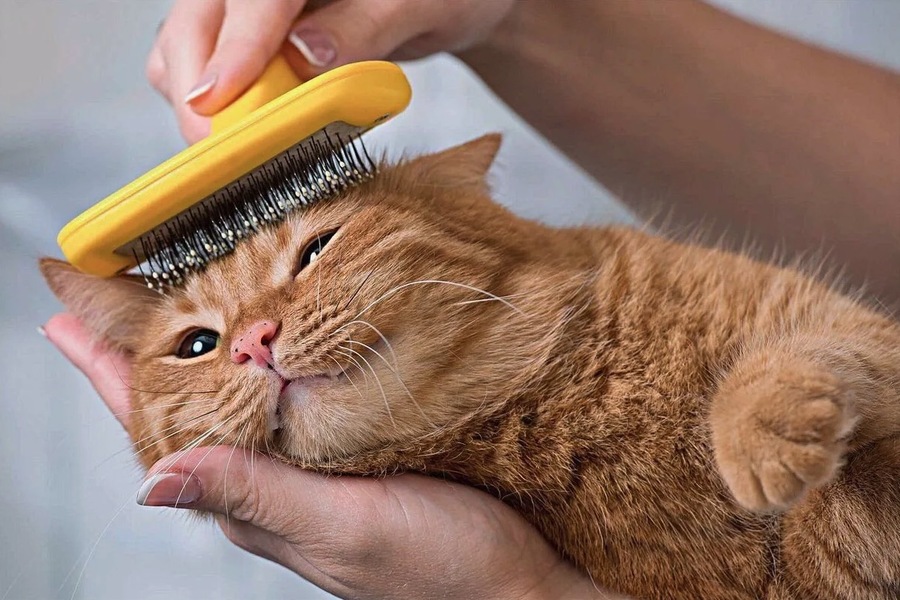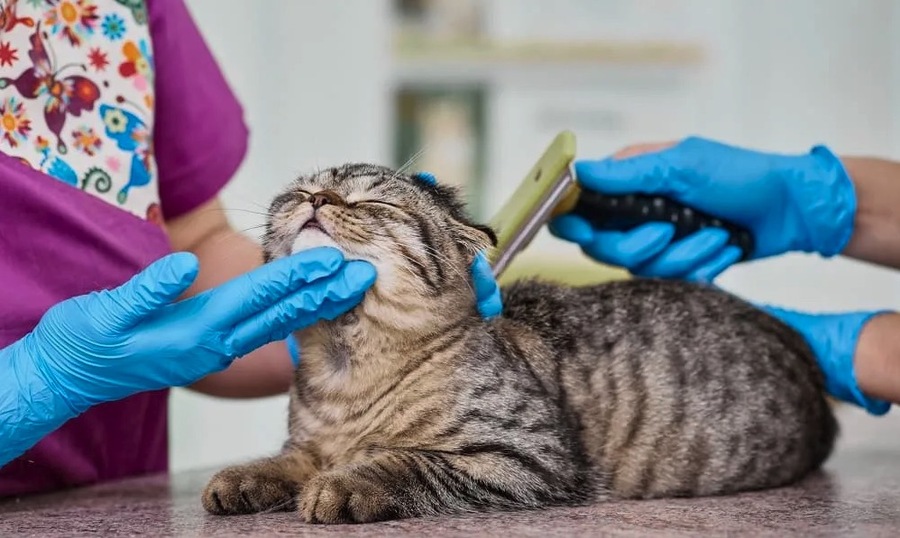
Cat Grooming Behavior: What Every Owner Should Know
Grooming is essential for maintaining a cat’s health and appearance. However, many cat owners face challenges due to their pet’s behavior during grooming sessions. Understanding and addressing these behaviors can lead to more pleasant and productive grooming experiences.
The Natural Instincts of Cats
Cats possess predatory and territorial instincts that influence their behavior. These instincts also play a role in their grooming habits. Self-grooming is a natural behavior that helps cats maintain their coat, regulate body temperature, and reduce stress. However, when an owner performs grooming, these instincts can sometimes cause fear or resistance.
Common Behavioral Issues During Grooming
Fear and anxiety are common issues cats exhibit during grooming. Signs of fear include hiding, trembling, and vocalizing. Aggression can also occur, manifesting as hissing, scratching, or biting. Resistance and escape attempts are other behaviors owners might encounter. Understanding these behaviors is crucial for managing them effectively.

Factors Influencing Cat Behavior During Grooming
Several factors can influence a cat’s behavior during grooming. Past experiences, particularly negative ones, can lead to anxiety. A cat’s socialization history also plays a role; cats that were not accustomed to handling kittens may be more resistant. Breed-specific tendencies can affect behavior, with some breeds being more prone to anxiety or aggression. Additionally, health conditions can cause discomfort, making grooming sessions more challenging.
Preparing for a Successful Grooming Session
Creating a calm environment is essential for a successful grooming session. This includes choosing a quiet space away from distractions. Selecting appropriate grooming tools is also important; the right brush or comb can make a significant difference. Gradual desensitization, where the cat is slowly introduced to grooming tools and processes, combined with positive reinforcement, helps build a positive association with grooming.
Techniques for Managing and Improving Behavior
Reading a cat’s body language is crucial for anticipating and managing behavior. Signs of stress, such as flattened ears or a twitching tail, indicate that the cat is uncomfortable. Gentle handling and restraint techniques, such as wrapping the cat in a towel (a method known as the “kitty burrito”), can help keep the cat calm. Distraction methods, including treats or toys, can also be effective. Taking a step-by-step approach to grooming, starting with short sessions and gradually increasing their length, helps build tolerance.
Professional Grooming Assistance
In some cases, it may be necessary to seek the assistance of a professional groomer. Groomers who work professionally are trained to deal with challenging behaviors and are able to provide a more stress-free experience for the cat. There is also the possibility that owners do not have access to the specialized tools and methods that are available to professional groomers. In the process of selecting a groomer, it is essential to look for someone who has prior experience working with cats and has a reputation for providing gentle care.

Long-Term Strategies for Positive Grooming Experiences
In order to cultivate positive grooming experiences, consistency and routine are essential components. Participating in grooming sessions on a consistent basis, even when the cat does not appear to require them, assists the cat in becoming accustomed to the process. Good behavior can be encouraged through the use of positive reinforcement, which includes the provision of treats and praise. By keeping an eye on the cat’s behavior and modifying the grooming routine as required, you can ensure that the cat is comfortable throughout the process. Strengthening the bond between the owner and the cat can be accomplished by establishing trust through the use of gentle handling and patient interactions.
Conclusion
Understanding and addressing cat behavior during grooming sessions is essential for maintaining the cat’s health and well-being. By recognizing the natural instincts and common behavioral issues, you can take steps to prepare for and manage grooming sessions effectively. Professional grooming assistance can also be beneficial in certain situations. Consistency, positive reinforcement, and patience are key to fostering positive and enhanced pet grooming for cats. Prioritizing the cat’s comfort and well-being ensures a more pleasant experience for both the cat and the owner.

Fixie owner, coffee addict, audiophile, reclaimed wood collector and proud pixelpusher. Acting at the fulcrum of design and purpose to create strong, lasting and remarkable design. Nothing ventured, nothing gained.

